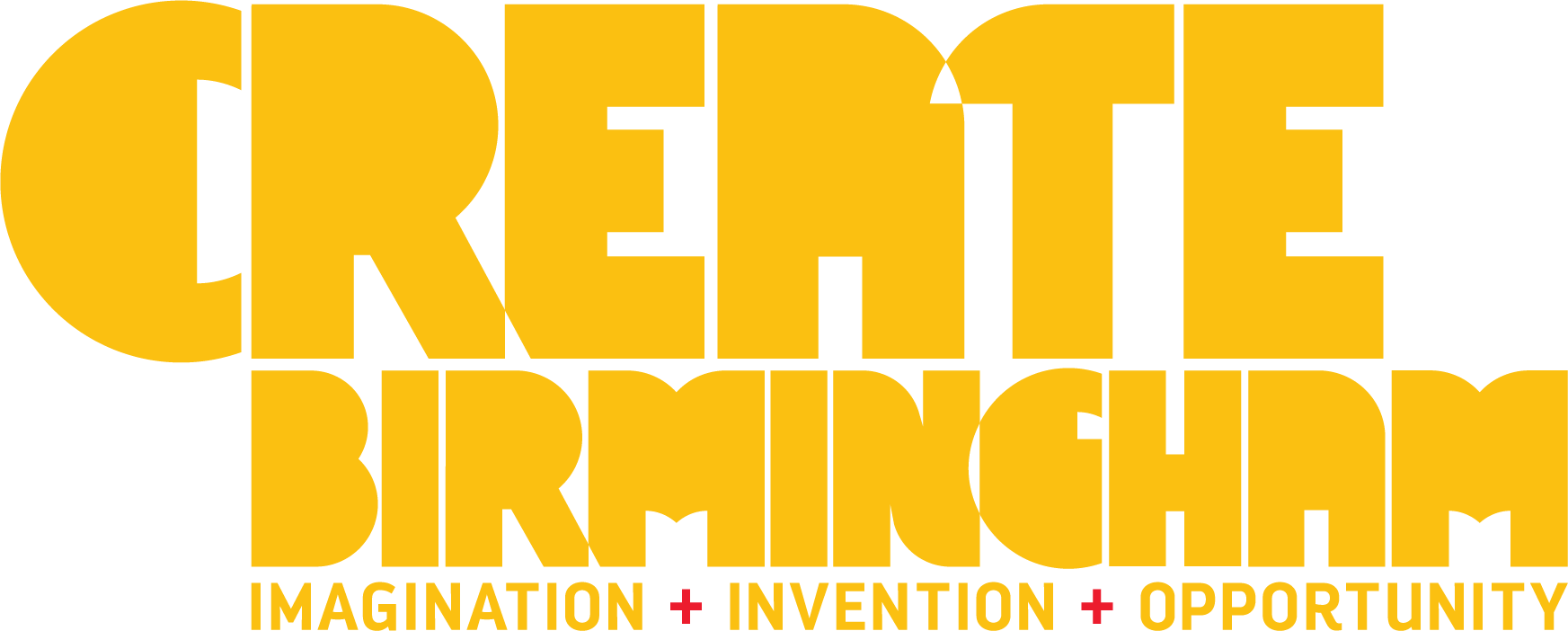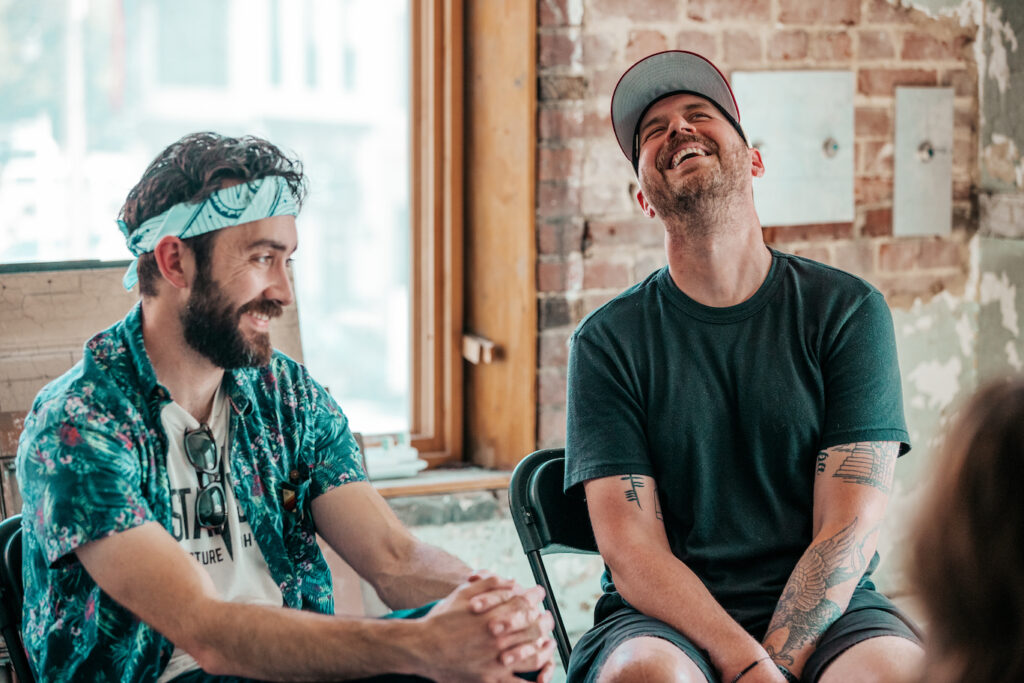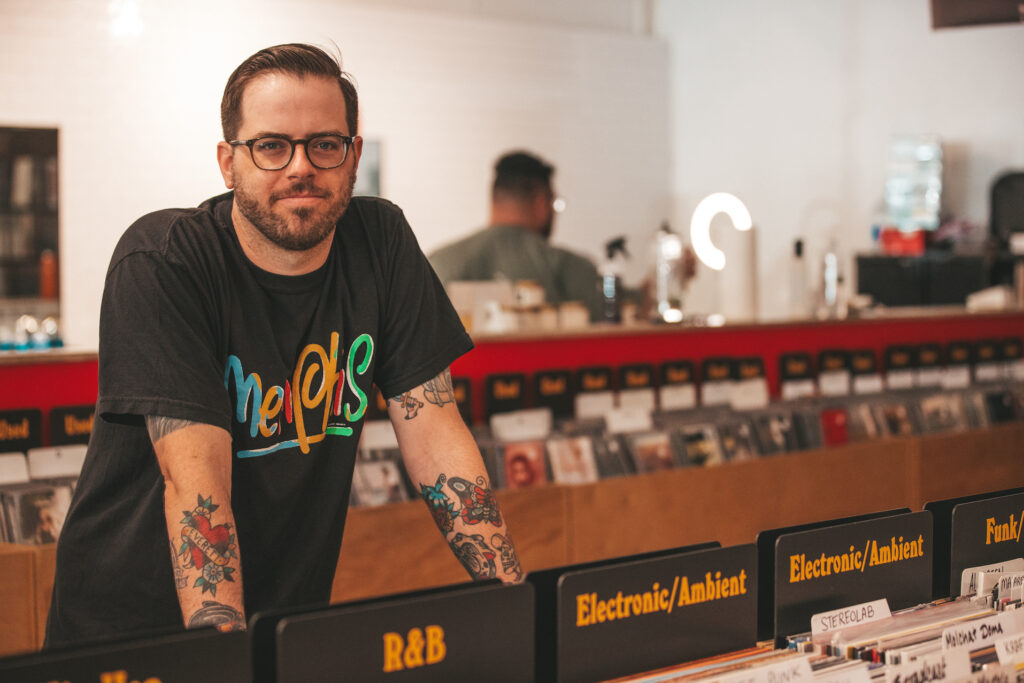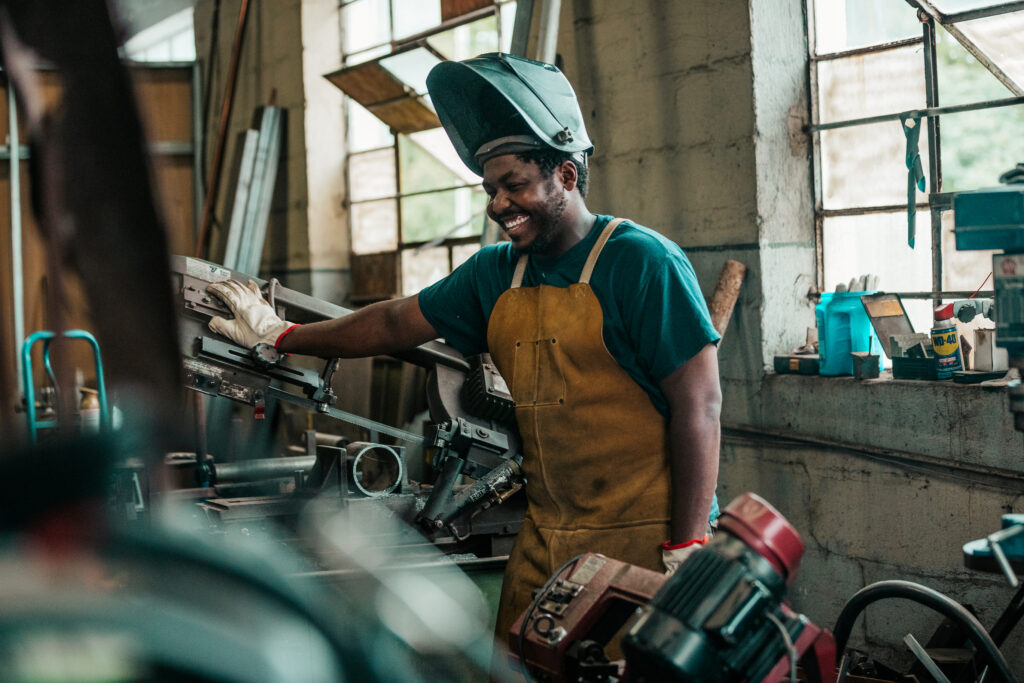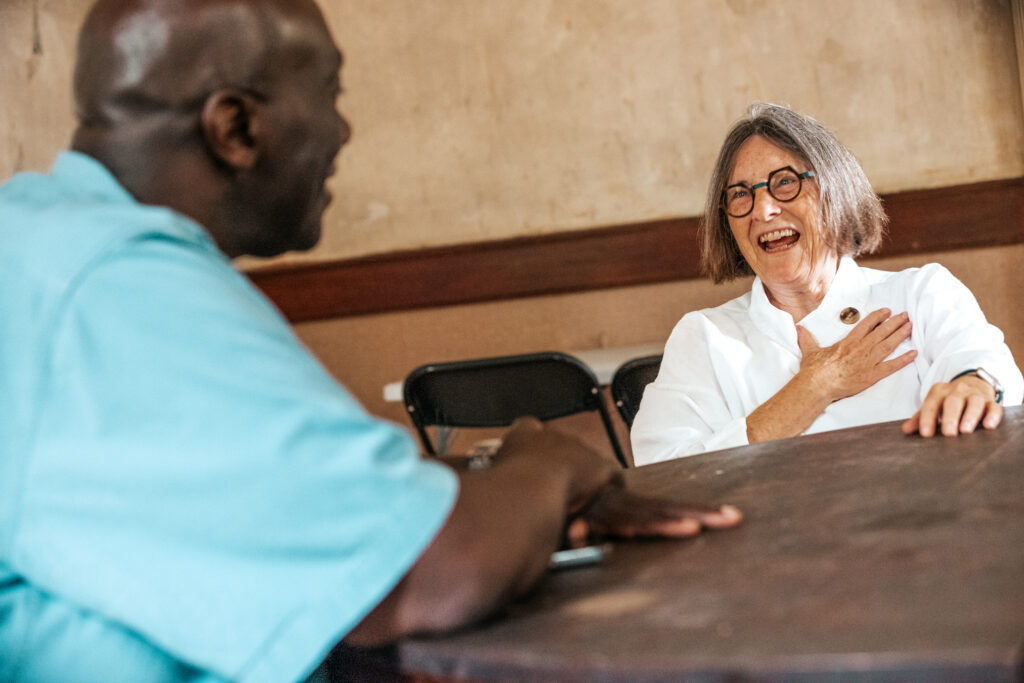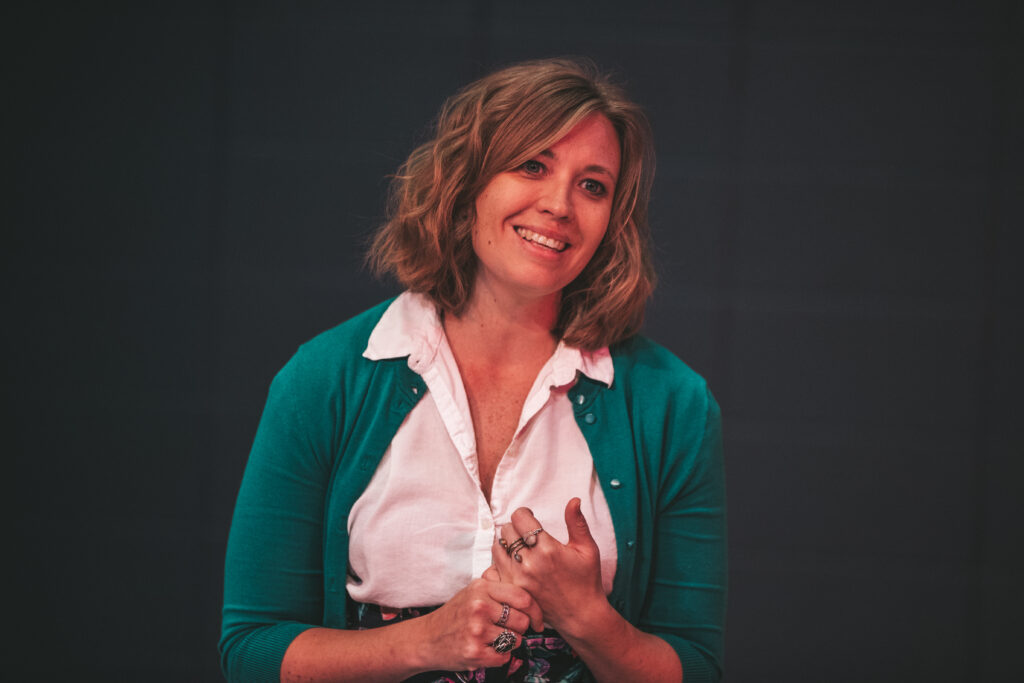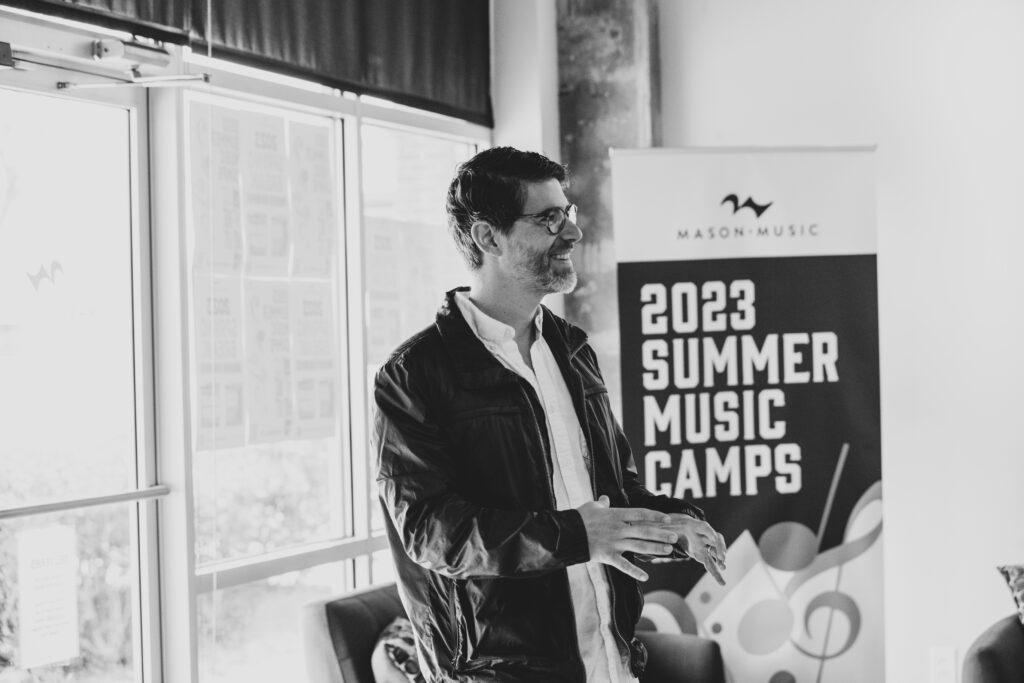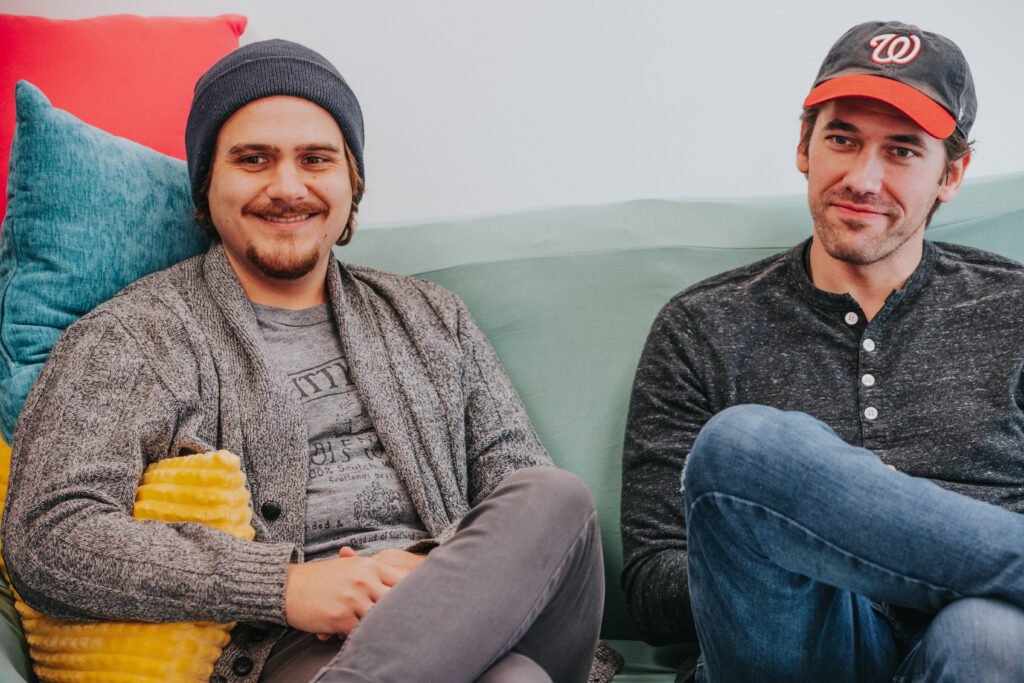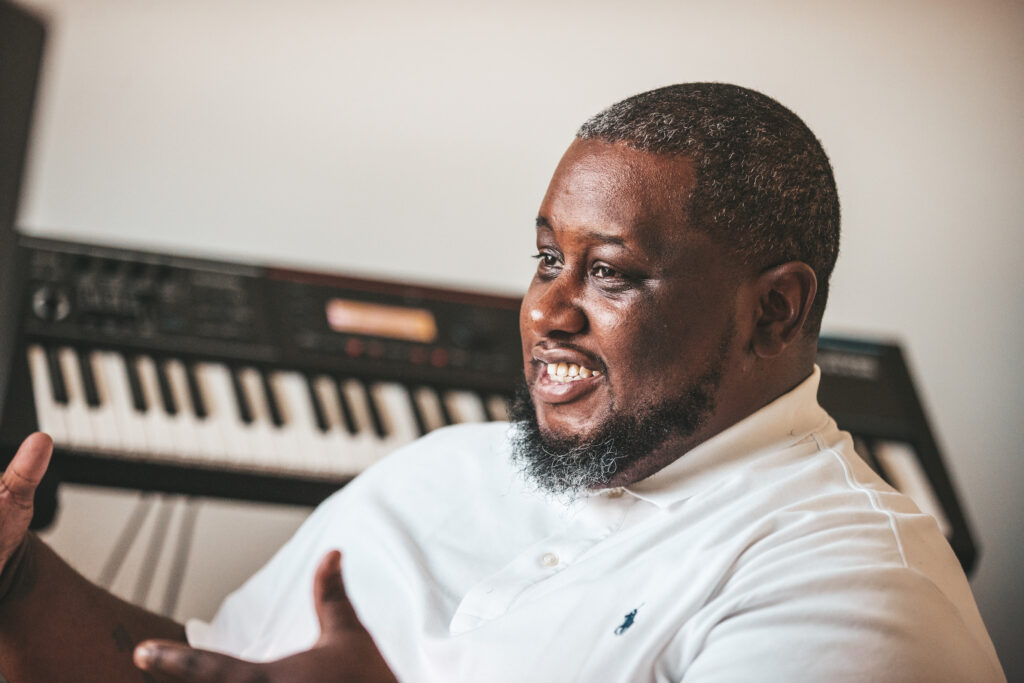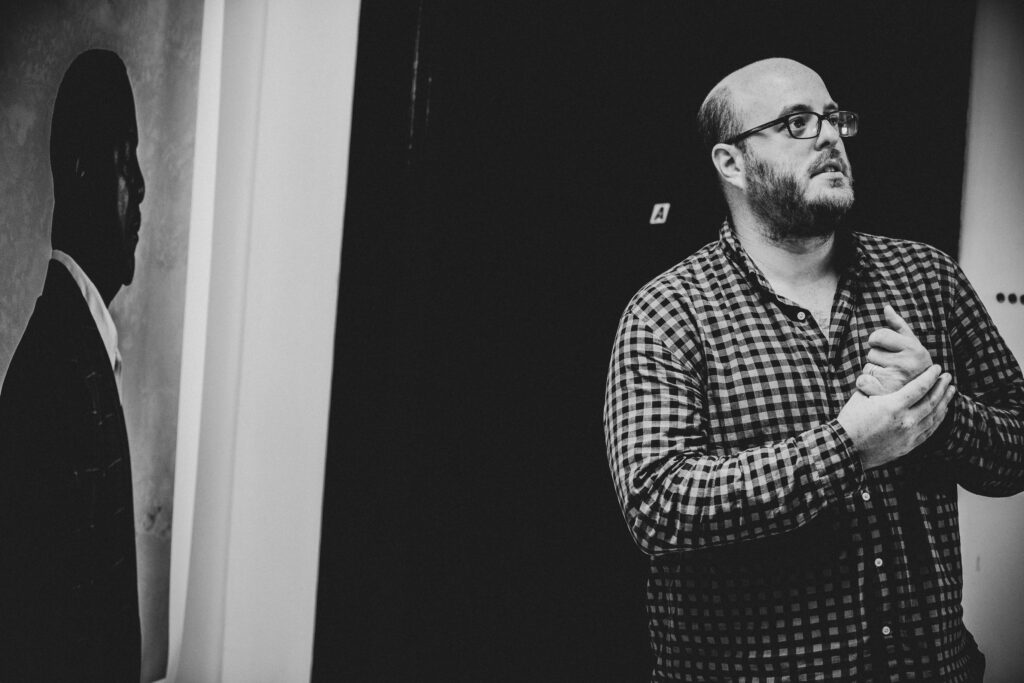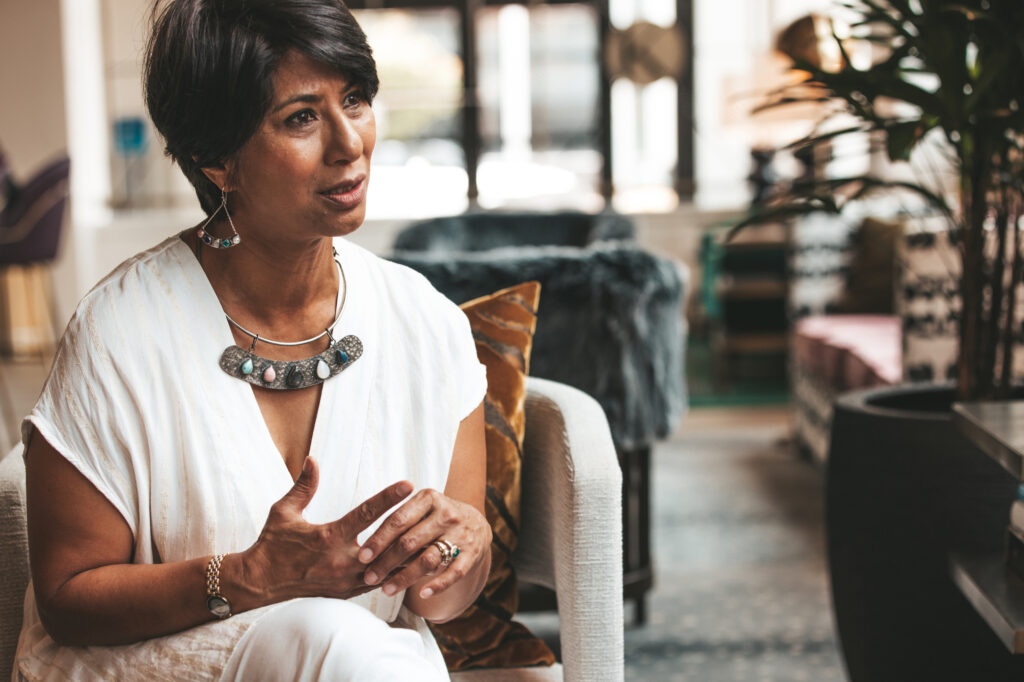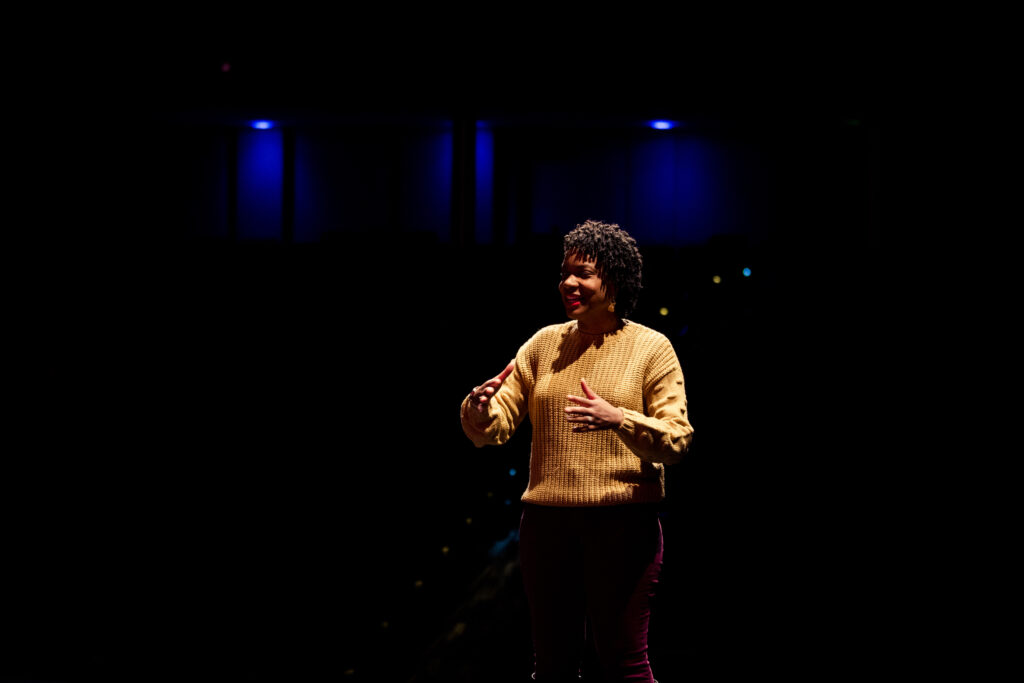“…there is a need for artists to question, make, and exhibit — and a need for people to see and experience.”
Since 1986, Space One Eleven has provided professional opportunities for artists, created a forum for public understanding of contemporary arts, and offered arts education to area youth. Curated by CEO & Co-Founder Peter Prinz in collaboration with Jessica Dallow, the current exhibit Women and their Work 1: Affect + Action features artists who address social issues including institutionalized racism, water pollution, the atrocities of war, and the subjugation of female bodies.
What is the impact or advantage of tackling these social and political issues through a range of visual art presented in a group show?
Group exhibitions provide opportunities for the public to see a variety of artworks in different mediums. When multiple issues are presented, there are more opportunities for viewers to connect with an issue that resonates with them, and become engaged in a conversation about the subject. Space One Eleven has a history of exhibiting works that foster critical thought through community dialogue, and promotes the relevance of art in politics, culture and everyday life.
Can you share some insight into the curatorial process with our readers? What were some of the criteria for choosing the artists and/or the pieces for this show?
The initial idea is based on a 1988 Space One Eleven exhibition titled Blue Angel: The Decline of Sexual Stereotypes in Post-Feminist Sculpture. Women are still under-represented in galleries and museums, and in leadership positions. While planning the exhibition series, the conversation was around what has changed since the 1980’s.
I invited Jessica Dallow, Professor of Art History at UAB, to co-curate the exhibition series because of her expertise on the subject. The first show is based on the theme of female artists working in social justice issues. Most of Space One Eleven’s exhibitions are thematic because there is a need for artists to question, make, and exhibit — and a need for people to see and experience.
Jessica and I looked at women who were making art in that context. We also wanted to make sure we were supporting local artists by showing their work in this exhibition, along with bringing artists from other parts of the country. As our late co-founder Anne Arrasmith used to say, “we don’t always want to look at our own belly buttons.” Ultimately, the artists that we curated into the exhibition are presenting work about war, pollution and access to clean water, institutionalized racism including redlining and police brutality, and the commodification of female bodies.
We also held a panel discussion to talk about artists as activists, and several of the exhibiting artists were on the panel. They each brought different viewpoints based on their art practice and their experiences, but all are socially invested.
As the only organization of its type in Alabama, the professionalization of artists and the payment to artists for the creation and exhibition of their work is part of our mission. We provide an outlet for artists to present their work in a non-commercial space, which allows them to create work that focuses on their message, and removes the distraction or barrier of the need to make work that is commercially viable.
The current exhibit, which is open through December 29th, is the first in a series of three all-female group exhibitions. Can you tell us a bit about the two exhibits that will take place next year?
The second group exhibition will feature emerging female artists and the accompanying panel discussion will include an exploration of the attitudes toward feminist art among women of different generations. It will open in February 2018.
The third group exhibition will present female sculptors. The panel discussion to coincide with the exhibition will explore the history of female artists addressing social inequalities, and is scheduled to open in September 2018 during Artwalk.
Organizing challenging thematic exhibitions that bring together economically and culturally diverse audiences has always been central to Space One Eleven’s mission.
What changes have you seen in your audiences over the last three decades?
Our audience is always changing, based on the theme of an exhibition or people’s interest, and the evolution our neighborhood. Downtown was an urban desert when we moved here in the 1980’s. There was such a need for a venue for contemporary artists to exhibit and people really wanted to see the work, so our exhibitions have always been well attended.
Looking ahead, what do you hope to see more of for your organization and the artists that you serve as Birmingham continues to grow?
Thank you for asking. I hope to see more people who will champion Space One Eleven’s mission of supporting artists and art education. They can do that by attending an exhibition, taking an art class, or making a financial contribution. We would like to broaden the impact on our community by continuing to showcase contemporary artists, by providing job opportunities for artists to exhibit and teach, by expanding our arts education program for children from Birmingham neighborhoods and schools, and by expanding our art classes for adults.
We see the benefits to children when they have participated in Space One Eleven’s art classes. It builds their self-esteem. We have parents tell us the program is life-changing for their children. They also have measurable achievements in other academic areas. It is proven that when at-risk students have quality art education, it helps to close the academic achievement gap. I encourage people to look up the benefits of the arts, and to advocate on behalf of children to school boards and community leaders. The Alabama State Council on the Arts and Americans for the Arts are good resources that are dedicated to advancing the arts and arts education, as well as the National Endowment for the Arts.
I would also like to thank the many supporters who continue to support Space One Eleven. Your support enables artists to produce this important work and provides access to quality arts education to all children in our community.
